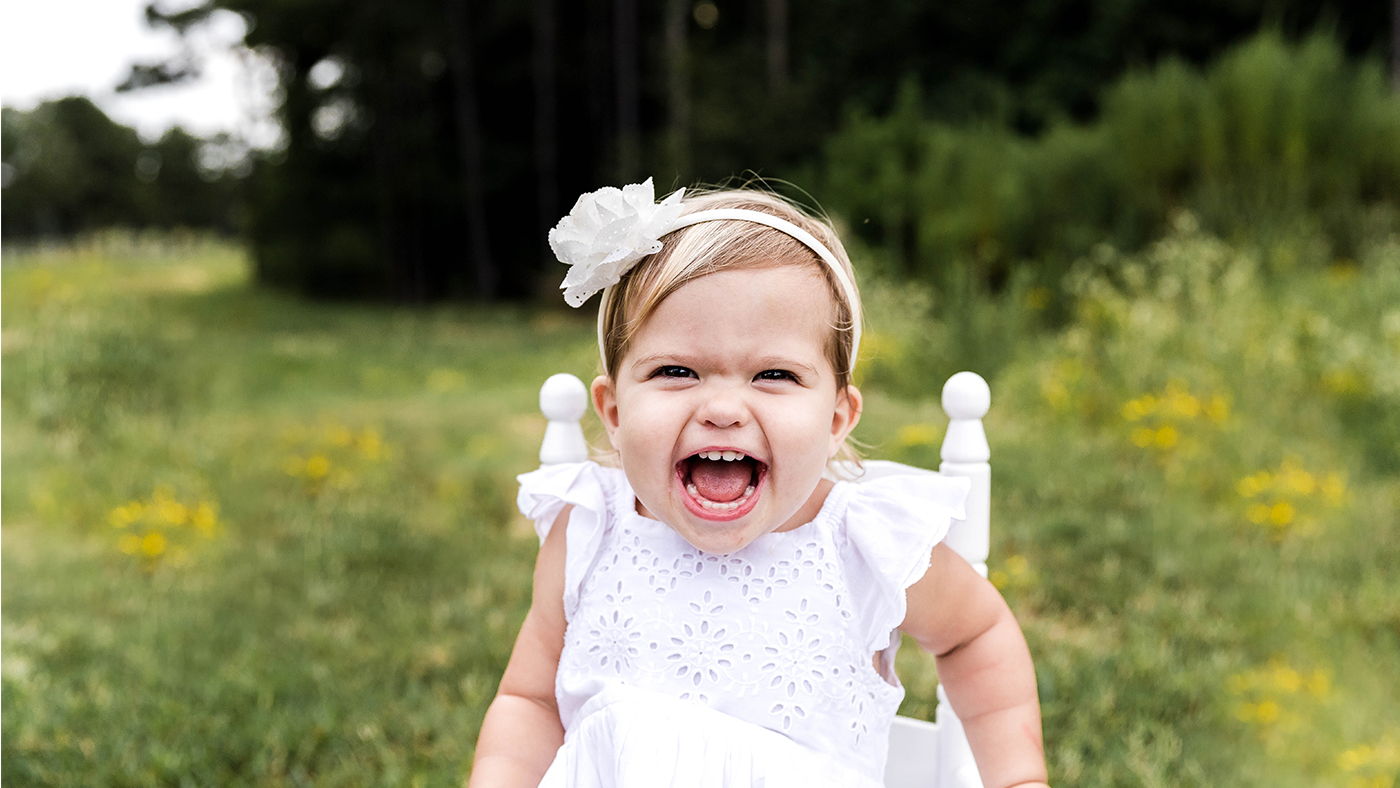Time to say no to the naughty step - what to do instead

Figuring out how to best support your child as they learn about the world and themselves can feel complex at times. As a parent, you can be bombarded with advice, tips and tricks that you may or may not agree with or want to use with your child. An area where people can be the most vocal about ‘handy hints’ is supporting your child’s behaviour, and the ways to respond to what are perceived as ‘negative’ behaviours. A technique that has caused some debate between parents, families and experts is something that is known as the naughty step.
What is a naughty step?

The concept of using a ‘naughty step’ as a behaviour tool was probably at its most prominent around fifteen years ago with the rise in popularity of the reality TV show Supernanny, which saw UK and USA-based nanny Jo Frost swoop in to help parents who were at their end of their tether when it came to the behaviour of their children. The show and the ‘naughty step’ were so popular that at one point you could even purchase a primary coloured, Supernanny branded step!

The naughty step is often used when children are not complying with the boundaries that have been set. Children will be pre-warned before being sent away to sit on the naughty step for a period of time, and if they have not calmed down during the allotted time, they might have to extend their stay. When the time is up, they apologise and carry on with the rest of their day. Some people use a chair in the place of the famous step.
However, not everyone agrees with the idea of using the naughty step as a method of supporting behaviour and understanding emotions. While some people swear by the method, others have noted that the technique of relegating a child to the bottom step of the staircase as a punishment can cause more harm than good in the long run.

Why the naughty step doesn’t work
There are many reasons why the naughty step isn’t effective. Experts have pointed out that, rather than solving the issue, using the naughty step can make children feel worse and may even cause behaviours to escalate.[1] Meltdowns, crying and lashing out from young children are often a way of them communicating a need, and isolation will only exasperate these feelings of stress for them – and in turn, their parent, who just wants to do the right thing![2]
Using a naughty step with a child will not support them in understanding their feelings and behaviour, and it will only make them feel more overwhelmed. It can also leave them unequipped to deal with these big emotions and times of frustration in the future. It has been suggested that this method is especially unsuitable for children who are not developmentally ready to understand the most effective way to measure their emotions – coping with this can be tricky as an adult, let alone as a pre-schooler![1]
As well as this, using a naughty step can leave children struggling to build a relationship of trust with their caregivers. Taking them away to sit on the step can lead to a culture of punishment around experiences that could instead be opportunities to learn about and develop methods of coping with frustration and following boundaries. They may become fearful of consequences, and it can lead to feelings of shame within the child.[3]
The use of the naughty step might also lead into your child feeling that the solution to any issue is isolation then an apology – but after a while this can simply become a routine, which ends with a hollow and meaningless apology that the child is not yet ready to understand.[3]

What can we do instead of the naughty step?
Where the naughty step is a behaviour management technique that is rooted in negativity, it is important to consider the benefits of positivity when it comes to supporting your child and helping them to be able to cope with times where they may feel angry, frustrated, or under pressure.
It is also important for children to want to make positive choices, rather than carry out actions in pursuit of adult approval, acting out of genuine love and care rather than fear of punishment. In the long term, the goal is for your child to be able to regulate their own decisions, in contrast to following rules and regulations to receive praise.[4]
Get your child involved
By empowering your child to make decisions, you are showing that they are trusted, building a positive relationship. For example, keep choices simple at first, such as “Would you like an apple or a banana after your lunch?” Giving choices and involving your child in decisions – even small ones such as pudding – can help your child feel less restricted and can support them in developing a sense of responsibility, especially as they grow older. It can also make them more likely to follow your expectations.[3]
Keep talking about feelings
To understand feelings and how to manage them in a positive way, it is important to keep an open dialogue with your child about emotions. By talking about emotions with your child – be that happiness, sadness, anger or feeling scared – you are equipping them to be able to verbalise and understand these feelings and how to cope with them in a healthy way throughout childhood and in later life.
It is also a good idea to be aware of emotion coaching, which follows a pattern of empathy and guidance in supporting young children and their awareness of feelings and emotions. As parents identify, label and show understanding of their child’s emotions, it can in turn, help the child to begin to follow this process of accepting their own wide range of feelings as they grow.[5]

Use positive vocabulary
Focusing on what you expect from your child, in contrast to what you don’t expect, is much more straightforward to comprehend. On this topic, Lorraine Thomas of the Parent Coaching Academy said:
"When your child hears you say, 'don't run', 'don't shout' or 'don't argue', they hear 'run', 'shout', 'argue'. So get into the habit of showing and telling them what you do want them to do."[3]
As well as this, bringing attention to positive behaviours that you notice your child engaging in can encourage this to continue, such as if you spot your child sharing of their own accord or clearing their own cup away after a drink.
Put yourself in your child’s shoes
It is important to empathise with your child – if they are ‘acting out’, take a step back and consider why they are behaving this way. Think about what you would need when you were upset or angry. Would you prefer some quiet time alone to think, someone to talk to or a distraction?
In all, the best way to support your child with behaviour related to sadness, anger or frustration is to communicate, understand and develop a sense of trust with them. Naughty steps and other methods of negative consequences can often lead to feelings and development of, well, negativity.
Fostering a nurturing, optimistic environment that includes an open dialogue surrounding feelings and thoughts – however messy they may be at times – can support children in developing a positive sense of self.
Supporting your own feelings – keeping calm!
One of the hardest parts of being a parent can be keeping calm in situations where you may feel overwhelmed or lost. If this is happening, it may be worth stepping away and taking some time to yourself if you can. For example, if you are at home, you could ask someone else in the household to stay with your child for ten minutes while you take some quiet time to yourself.
In general, it is important for parents to check in with their own feelings and mental health. Try and have a little bit of ‘you time’ sprinkled here and there – whether it is going for a quick walk alone in the morning or catching up on your favourite television show with a cup of tea once your child is in bed. Whatever keeps you grounded, calm, and happy!
Read more about supporting your child’s behaviour in our blogs
Brain development and behaviour: Your child is really just a cave person - but cuter! (mffy.com)
Tantrums: “I want the other one!” What you need to know about tantrums (mffy.com)
Children’s Choices: Choices for children (mffy.com)
Support and ideas for your child’s unique developmental journey
Download our app to get more information and ideas about how you can support your child’s development.
References
[1] Anonymous . Beyond the naughty step; Positive parenting. The Economist ; London Vol. 410, Iss. 8869, (Jan 11, 2014): 27.
[2] Emma-Louise Hodson. (2021). Why the Naughty Step Doesn’t Work. Available: https://redkitedays.co.uk/naughty-step-doesnt-work/.
[3] Lisa Salmon, Lorraine Thomas, Jane Evans. (2020). Say no to the naughty step: Eight different ways to discipline young children . Available: https://www.irishnews.com/lifestyle/2020/11/03/news/say-no-to-the-naughty-step-eight-different-ways-to-discipline-young-children-2114894/.
[4] Kohn A. (2006) Unconditional Parenting: Moving from Rewards and Punishments to Love and Reason Atria
[5] R. McGuire-Snieckus, Janet Rose. (2021). Emotion Coaching -a strategy for promoting behavioural self-regulation in children/young people in schools: A pilot study. Available: https://www.academia.edu/24944446/Emotion_Coaching_a_strategy_for_promoting_behavioural_self_regulation_in_children_young_people_in_schools_A_pilot_study?from=cover_page.
